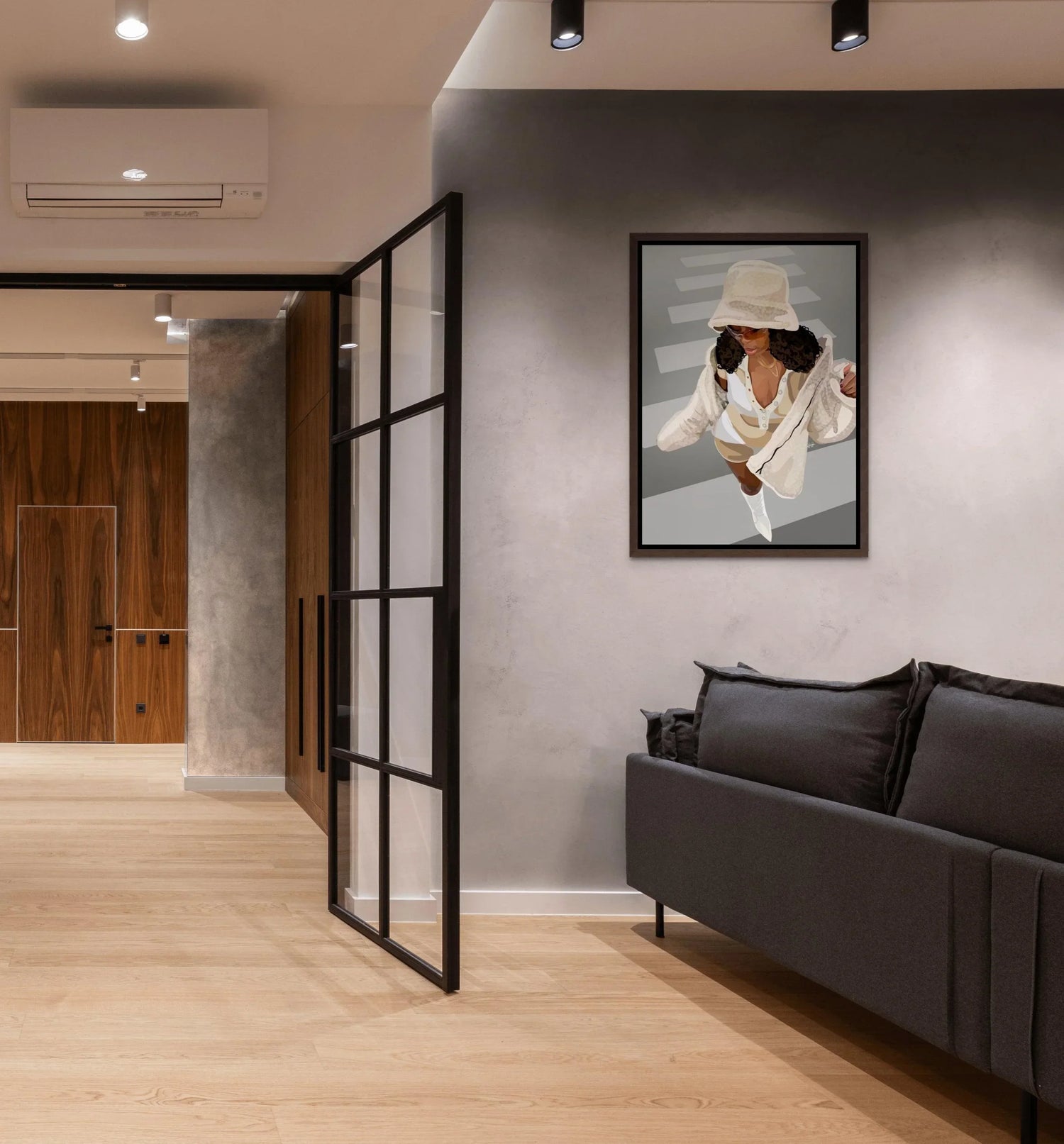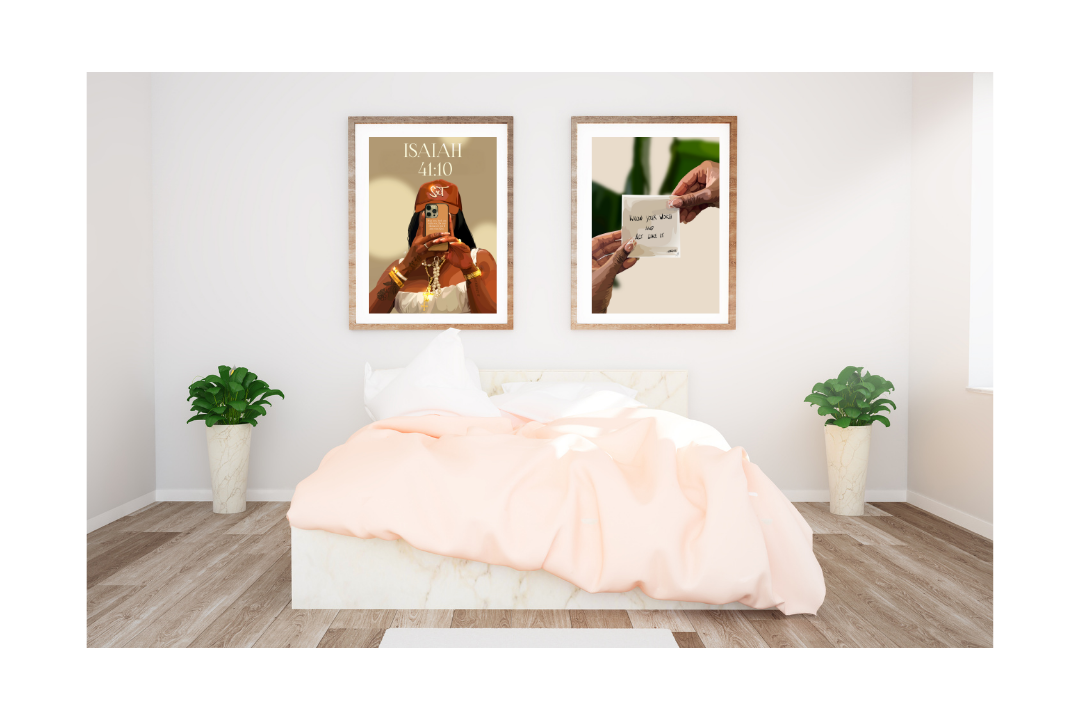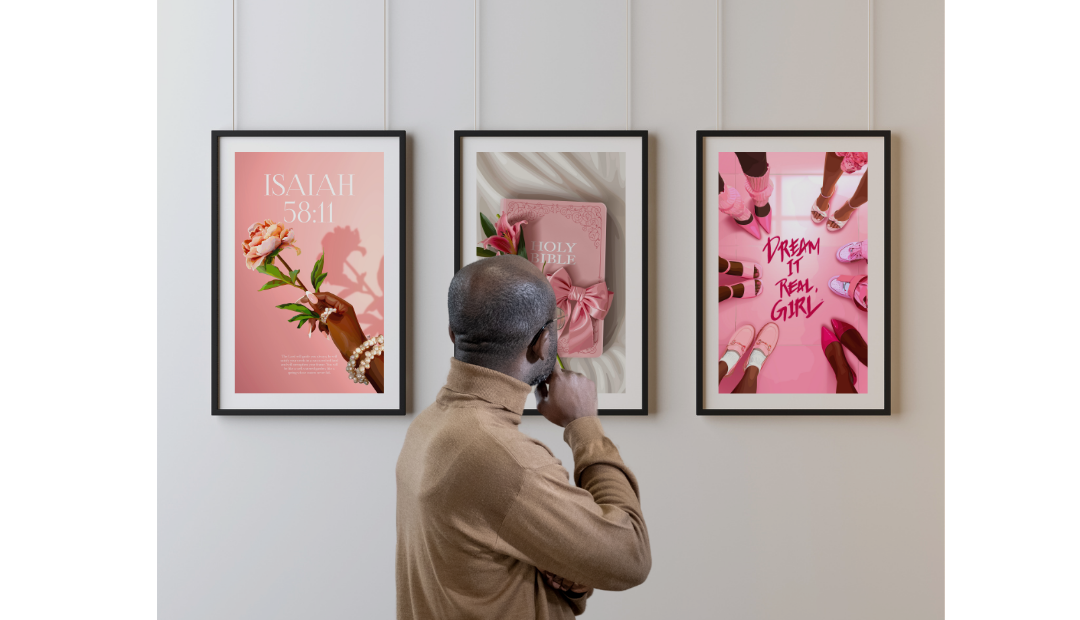1. Setting the Tone of a Room
Wall art is more than just decorative—it's a statement. The right piece of art can immediately set the mood of a room, whether it’s a calming seascape in a bedroom or a vibrant abstract in a living space. It helps to establish the room’s personality, allowing the viewer to connect emotionally with the space. Whether bold or subtle, art sets the foundational tone that influences all other design decisions.

2. Adding Color and Texture
One of the most important roles of wall art in interior design is its ability to bring color and texture to an otherwise plain wall. When used strategically, artwork can complement or contrast with existing color palettes, creating harmony or adding interest. Texture, whether through paint strokes or 3D elements, provides depth and a tactile experience that enriches the visual appeal of a room.

3. Reflecting Personal Style
Your choice of wall art reflects your personality and values. From minimalist black-and-white photography to eclectic mixed-media installations, what you hang on your walls speaks volumes about your tastes, experiences, and cultural interests. Wall art allows homeowners to personalize their space in ways that mass-produced furniture or decor items cannot.

4. Creating a Focal Point
Every room benefits from a focal point, and wall art is often the easiest way to establish one. A large, eye-catching piece above a sofa, bed, or dining table naturally draws the eye and centers the room’s layout. It helps define the space, anchoring the design and encouraging a balanced arrangement of furnishings and accents.






































Leave a comment
This site is protected by hCaptcha and the hCaptcha Privacy Policy and Terms of Service apply.